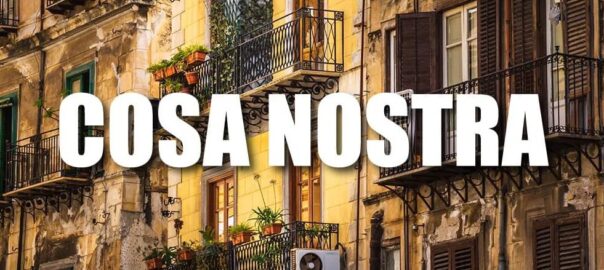Few brands are as synonymous with a product category as Nescafé is with instant coffee. For millions around the globe, “a cup of Nescafé” is simply “a cup of coffee.” Yet, the journey of this ubiquitous beverage, from a solution to an agricultural crisis to a global household name, is a fascinating tale of scientific ingenuity, wartime necessity, and an evolving understanding of convenience.
The Genesis: A Mountain of Beans and a Brewing Challenge
The story of Nescafé begins not in a laboratory, but in the vast coffee plantations of Brazil in the late 1920s. Faced with a colossal surplus of coffee beans, Brazil’s government approached the Swiss food giant Nestlé with an urgent plea: find a way to make “coffee cubes” that would preserve the coffee’s flavor for extended periods and could be easily rehydrated without losing quality. The existing methods for making instant coffee during that era were largely unsatisfactory, often resulting in a bitter, unpalatable brew.
Nestlé entrusted this ambitious, eight-year research project to a brilliant chemist named Max Morgenthaler. His mission was clear: create a soluble coffee product that retained the natural aroma and taste of coffee, eliminating the staleness and bitterness that plagued earlier attempts.
The Breakthrough: A Blend of Science and Art
For years, Morgenthaler and his team toiled, experimenting with various methods of drying and preserving coffee extract. The challenge was immense: how to remove the water without stripping away the volatile aromas and flavors that make coffee so appealing. Many attempts resulted in a “coffee cement” or a tasteless powder.
The breakthrough came with the realization that mixing the coffee extract with soluble carbohydrates before drying helped to encapsulate the delicate flavors and aromas, protecting them during the dehydration process. This innovative approach ensured that when hot water was added, the coffee would release its full, rich profile, just like a freshly brewed cup.
Finally, after years of dedicated research, the perfect formula was discovered. On April 1, 1938, the product, christened NESCAFÉ (a portmanteau of “Nestlé” and “Café”), was launched in Switzerland. It was an immediate success, praised for its convenience, ease of use, and surprisingly enjoyable taste.
The War Years: A Catalyst for Global Adoption
While its initial reception was positive, Nescafé’s true global ascendancy began with the outbreak of World War II. The lightweight, shelf-stable, and easily prepared nature of Nescafé made it an ideal ration for American soldiers. It offered a comforting taste of home in the challenging conditions of the battlefield. The U.S. Army became a massive client, purchasing vast quantities of Nescafé for its troops.
This widespread use during the war introduced millions of soldiers, and subsequently their families back home, to the convenience and quality of instant coffee. As the war ended, Nescafé returned to civilian markets with an established reputation and a built-in demand.
Post-War Boom and Diversification
The post-war era saw a surge in demand for convenience products, driven by changing lifestyles and the increasing number of women entering the workforce. Nescafé was perfectly positioned to meet this need. Its instant preparation fit seamlessly into busy mornings and quick breaks.
Throughout the latter half of the 20th century, Nescafé continued to innovate. It introduced:
- New blends: Such as Nescafé Taster’s Choice (known as Nescafé Gold Blend in many markets), aiming for a more premium, refined taste experience.
- Different formats: From classic granules to freeze-dried options, and later, the popular 3-in-1 coffee mixes that include sugar and creamer.
- Advanced packaging: Ensuring freshness and ease of use.
Marketing efforts played a crucial role in cementing Nescafé’s place in popular culture, with memorable slogans and advertising campaigns emphasizing its warmth, comfort, and the simple pleasure of a coffee break.
Nescafé Today: Beyond the Mug
In the 21st century, Nescafé remains the world’s leading instant coffee brand, constantly adapting to evolving consumer tastes and technological advancements. Its portfolio has expanded significantly to include:
- Nescafé Dolce Gusto: A popular capsule-based system offering a wide range of coffee shop-style beverages, from espressos to lattes.
- Ready-to-Drink (RTD) options: Bottled or canned coffees for on-the-go consumption.
- Specialty roasts and origins: Catering to a more discerning coffee palate.
Moreover, Nescafé has increasingly focused on sustainability. Through initiatives like The Nescafé Plan, the brand invests in sustainable farming practices, works directly with coffee farmers to improve livelihoods, and strives to reduce its environmental footprint from bean to mug.
From a solution to a coffee surplus in Brazil to a global icon of convenience and comfort, Nescafé’s history is a testament to the power of innovation in addressing real-world problems and continually adapting to the changing needs of its consumers. It has not just sold coffee; it has redefined how the world enjoys its daily cup.









